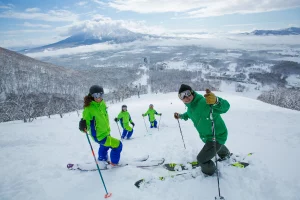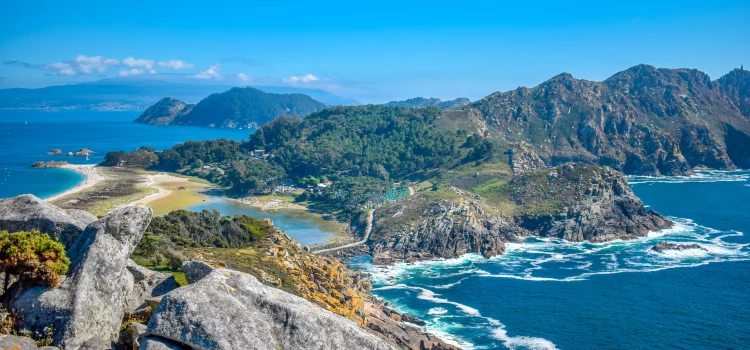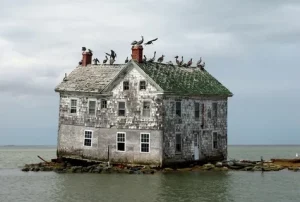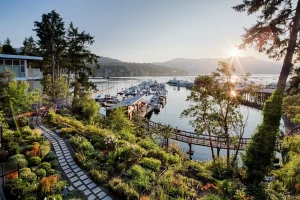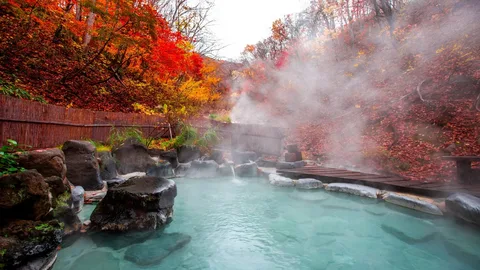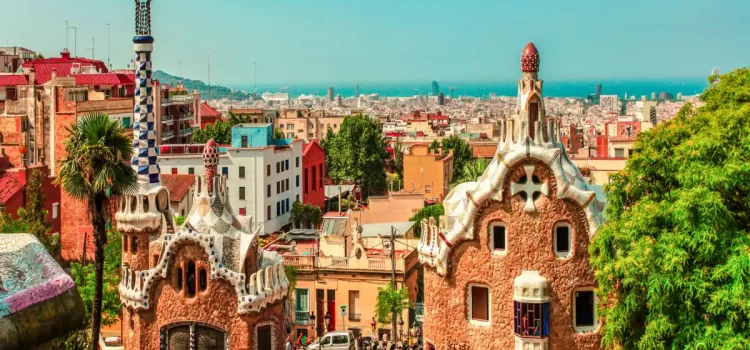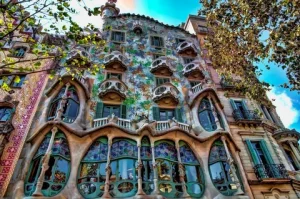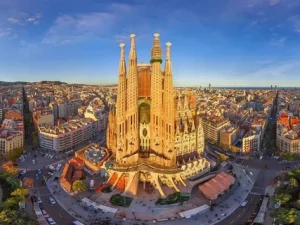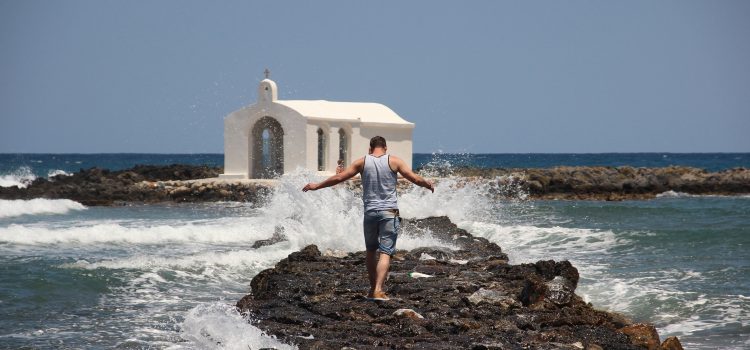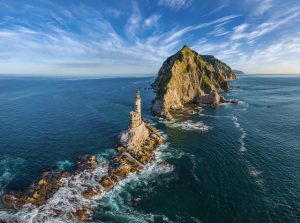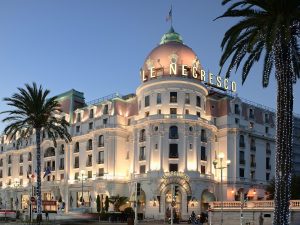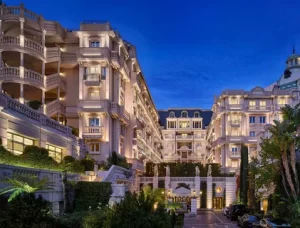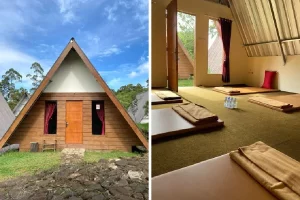
In the digital age, social media has become an integral part of our daily lives, influencing how we communicate, shop, and even travel. One of the most significant phenomena to emerge from this digital revolution is the rise of social media influencers. These individuals, with their substantial followings and persuasive power, have dramatically altered various industries, including travel. This article explores **The Impact of Social Media Influencers on Travel Trends**, focusing on how they shape destinations, travel behaviors, and the broader travel industry.
Rise of Social Media Influencers
Social media influencers are individuals who have built a reputation for their knowledge and expertise on specific topics. They regularly post about that topic on their preferred social media channels and generate large followings of enthusiastic, engaged people who pay close attention to their views. The evolution of social media platforms like Instagram, YouTube, and TikTok has given rise to influencers who specialize in travel content, showcasing destinations, sharing travel tips, and providing reviews.

Metrics of Influence
Influencers are often categorized by their follower counts: nano-influencers (1K-10K followers), micro-influencers (10K-100K followers), macro-influencers (100K-1M followers), and mega-influencers (1M+ followers). Their influence is not just measured by the number of followers but also by engagement rates, authenticity, and the ability to drive trends and behaviors.
Impact on Travel Destinations
One of the most visible impacts of social media influencers on travel trends is the popularity of travel destinations. Influencers often highlight lesser-known locales, bringing them into the spotlight. This phenomenon can lead to a surge in tourism, sometimes referred to as the “Instagram effect.” Destinations that were once off the beaten path can become tourist hotspots almost overnight due to a few well-placed posts by influential figures.
Economic Implications
The influx of tourists driven by influencer recommendations can have significant economic implications for destinations. Increased tourism can boost local economies through spending on accommodations, dining, and attractions. However, it can also lead to challenges such as over-tourism, which can strain local infrastructure and resources.
Cultural and Environmental Impact
The cultural and environmental impacts of influencer-driven travel trends are complex. On one hand, increased tourism can lead to greater cultural exchange and awareness. On the other hand, it can result in cultural commodification and environmental degradation if not managed sustainably. Influencers have a responsibility to promote responsible travel practices and respect for local cultures and environments.
In fluencer-Driven Travel Behaviors
Influencers often emphasize experiences over material possessions, encouraging their followers to seek out unique and memorable travel experiences. This shift in consumer behavior has led to a rise in experiential travel, where travelers prioritize activities such as hiking, cultural tours, and culinary experiences over traditional sightseeing.
Rise of Solo Travel
The portrayal of solo travel by influencers has contributed to its growing popularity. Influencers often share their solo travel adventures, highlighting the freedom and self-discovery that comes with traveling alone. This trend has encouraged more people, especially women, to embark on solo journeys, breaking down traditional barriers and stereotypes associated with solo travel.
Sustainable and Ethical Travel
With growing awareness of environmental and social issues, many influencers advocate for sustainable and ethical travel practices. They promote eco-friendly accommodations, responsible wildlife tourism, and support for local communities. This advocacy has influenced travelers to make more conscious choices, reducing their environmental footprint and supporting sustainable tourism initiatives.
Broader Travel Industry
The travel industry has recognized the power of influencers in shaping travel trends and has increasingly incorporated influencer marketing into their strategies. Travel brands collaborate with influencers to create authentic and engaging content that resonates with their target audiences. These partnerships can range from sponsored posts and brand ambassadorships to press trips and content creation.
Innovation and Adaptation
The influence of social media has driven innovation within the travel industry. From the development of Instagram able accommodations to the creation of unique travel experiences tailored for social media sharing, businesses are adapting to meet the demands of the modern traveler. Travel agencies, hotels, and tour operators are leveraging influencer insights to design products and services that align with current trends.

Challenges and Opportunities
While the impact of social media influencers on travel trends presents numerous opportunities, it also comes with challenges. The authenticity of influencer content can sometimes be questioned, leading to issues of trust and credibility. Additionally, the fast-paced nature of social media trends requires travel brands to be agile and responsive to stay relevant.
Conclusion
The impact of social media influencers on travel trends is undeniable. They have the power to shape destinations, influence travel behaviors, and drive innovation within the travel industry. As the digital landscape continues to evolve, the role of influencers in the travel sector is likely to grow, presenting both opportunities and challenges. By promoting responsible and sustainable travel practices, influencers can contribute to a positive and lasting impact on the world of travel.














